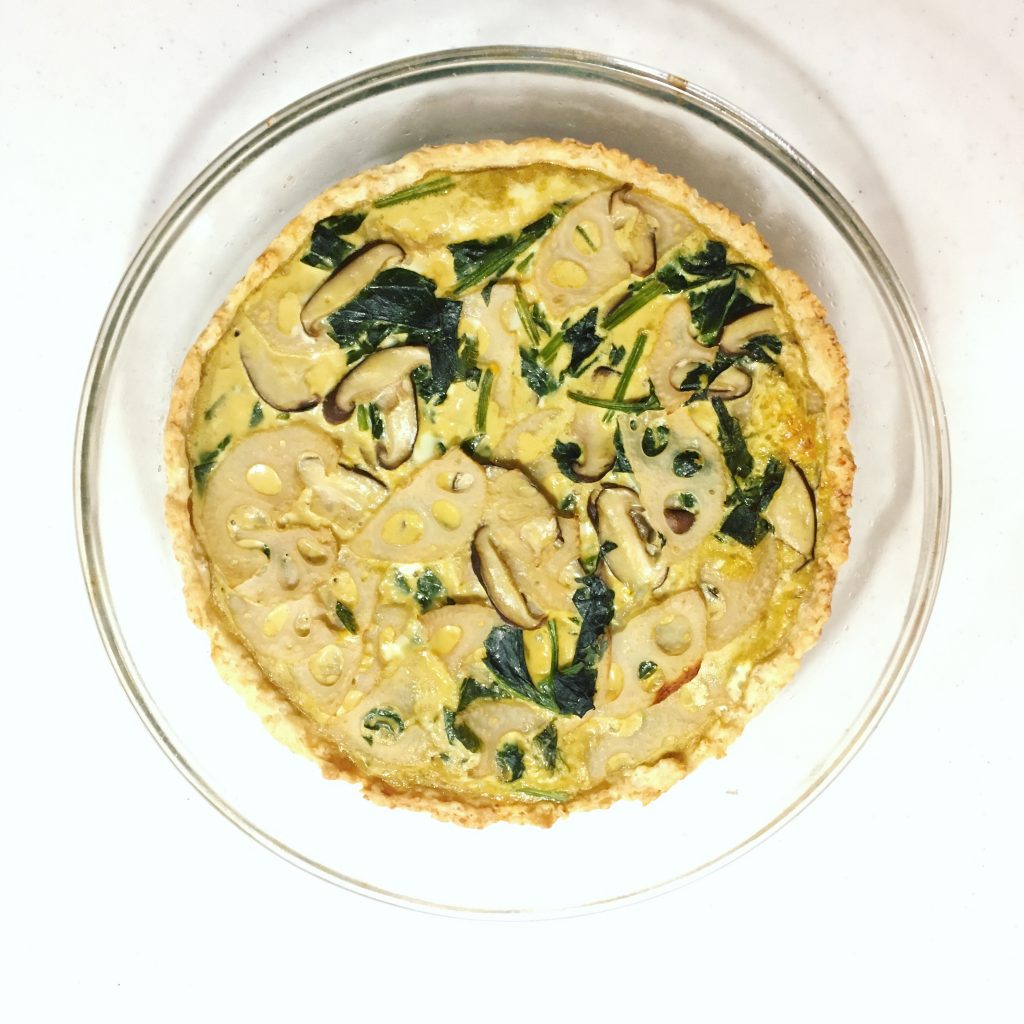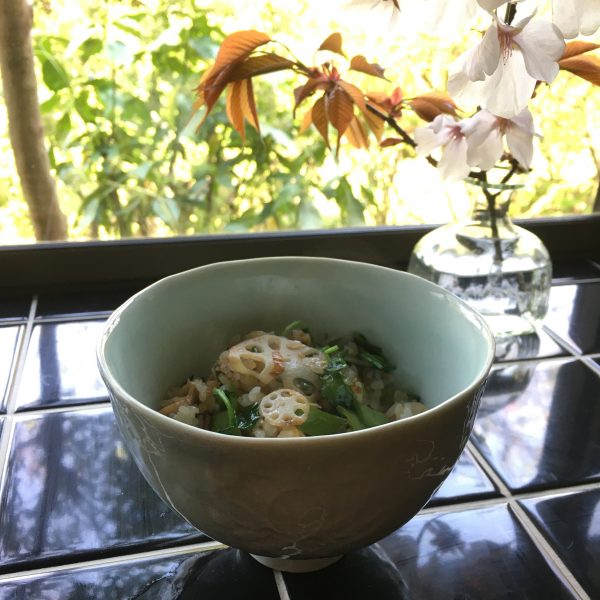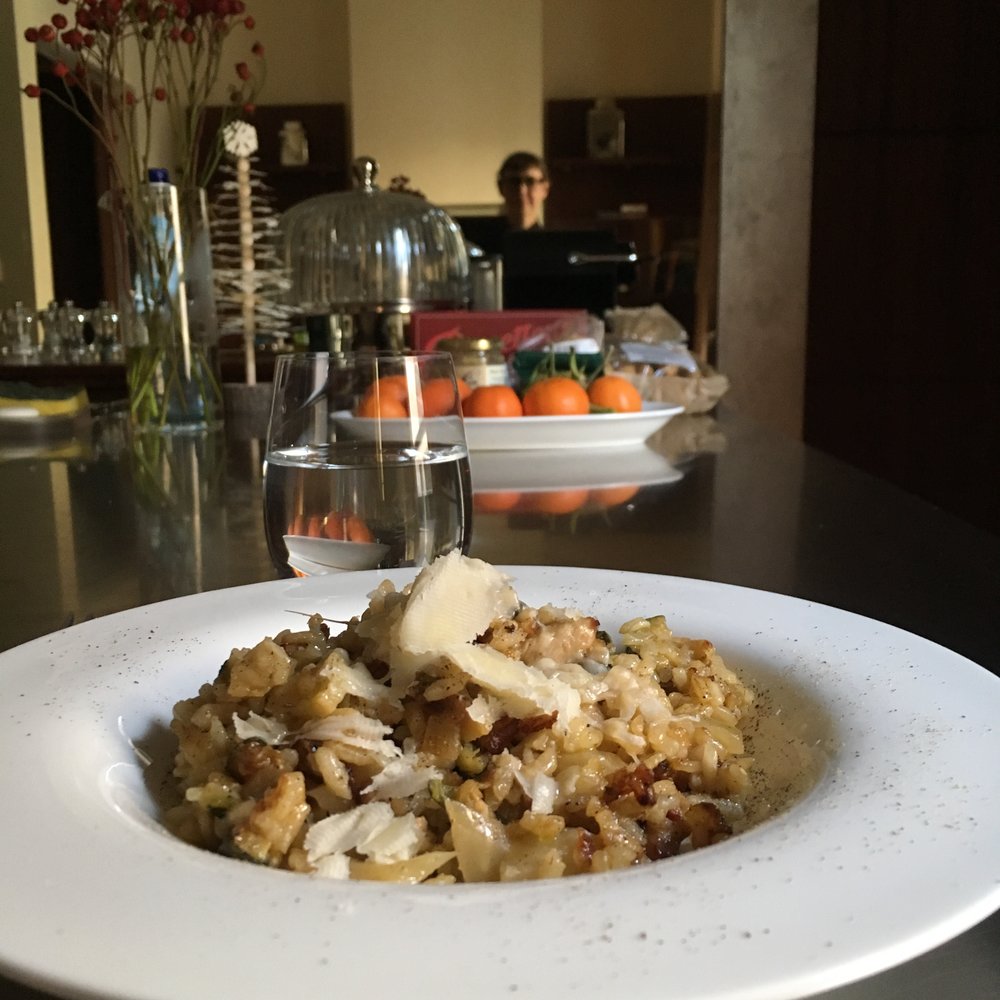While in Japan we are far from being locked down like many in the west, the spike in covid-19 cases in Tokyo has pushed us to action. In the lab I’ve been preparing for weeks for telework and remote access to our equipment, and also consignment out of some devices to our teams to limit the impact of a possible lockdown on our activities, the university finally decided on Monday evening to close down all research activities on campus starting the next day, and that meant telework for all students. I decided that should also apply to me and my secretaries, so since Tuesday, it’s been telework everyday! I must say that taking the train to commute didn’t make me happy, and when I could I would cycle, but going to the uni. By bicycle is not an option. So, at home I stay. A. is basically following the same regimen, so we’re two at home for breakfast, lunch, teatime and dinner! Luckily I had prepared a bit (actually I was more thinking of a city lockdown last weekend than just telework!!!) and I had packed a little more than usual on fresh vegetables at the local farmers last weekend, so we were not in need for any food. Actually, given that eating out is not recommended, and having friends over either, planning food quantities becomes a lit easier! But the logistics of it requires a bit more planning than usual, as I make lunches for two while working and A. and I didn’t have time to synchronize our agendas, our window time for lunch was quite small. When I’m alone I just eat what and when I want/can. It’s easy, it’s only me. So to avoid wasting time waiting for each other to eat, overcooking or undercooking food, rushing lunch, I decided to do something I rarely do: generate leftovers. Actually it’s not only time efficient, but probably energy efficient as well, but it requires planning ahead… and requires a bit of creativity as you use ingredients you’ve eaten the previous meal and that is no longer “freshly” cooked… I don’t talk about leftovers of a fully prepared dish (that would be totally boring to eat twice the exact same thing…) but rather leftovers of an ingredient that otherwise would take 30-120min to cook. Generally carbs: pasta, rice, brown rice (which takes the most time to cook), sometimes meat, or broth… and to cook things that can keep warm, and require little attendance once in the pan or the oven. Today I’ll share two recipes made with brown rice and rice. They are really simple and quick and provide a perfectly balanced meal. The first one is a quiche with a brown rice crust and Japanese flavors, the second is a vegan sautéed rice or chahan (top picture). I hope you’ll enjoy them.
Brown rice crust Japanese quiche: (makes a Φ28cm quiche)
For the pie crust:
– 1/2 to 1 cup of cooked brown rice
– 1/2 cup of flour
– 50g of butter
– a bit of water
– a pinch of salt
For the filling:
– a few shiitake
– a piece of lotus root
– a few spinach
– 1/2 cup of dashi
– 3 eggs
Make the pie crust by mixing all ingredients. Roll with a pin or with the hand to the size of the pie dish you have with a 2cm high edge. Bake in the oven for 10min at 200deg.
In the meantime, wash the vegetables, peel the lotus root. Cut the vegetables and cook them a bit to soften them. In a bowl, mix the dashi and the eggs, add the vegetables. Pour in the pie crust and back in the oven at 180deg for 30 to 40min. Better eaten warm for maximum crust crunchiness.

Rice sautéed (2 servings)
– 1 cup of leftover rice, white or brown
– 1 little leek
– a little piece of lotus root
– some greens: radish tops, spinach, cresson (I used the latter)
– a piece of thin aburage (leftover as well)
– a handful of snap peas
– a tsp of sesame seeds
– 2tsp of sesame oil
Wash, peel if necessary the vegetables. Cut them in thin or tiny pieces. In a pan, heat the sesame oil, add the leek. Then the lotus root, the greens, the snap peas. The aburage. Stir gently. When all warm add the sesame seeds, stir again gently. Add a little of salt if you need. Enjoy warm.
Have a good Sunday!!!




